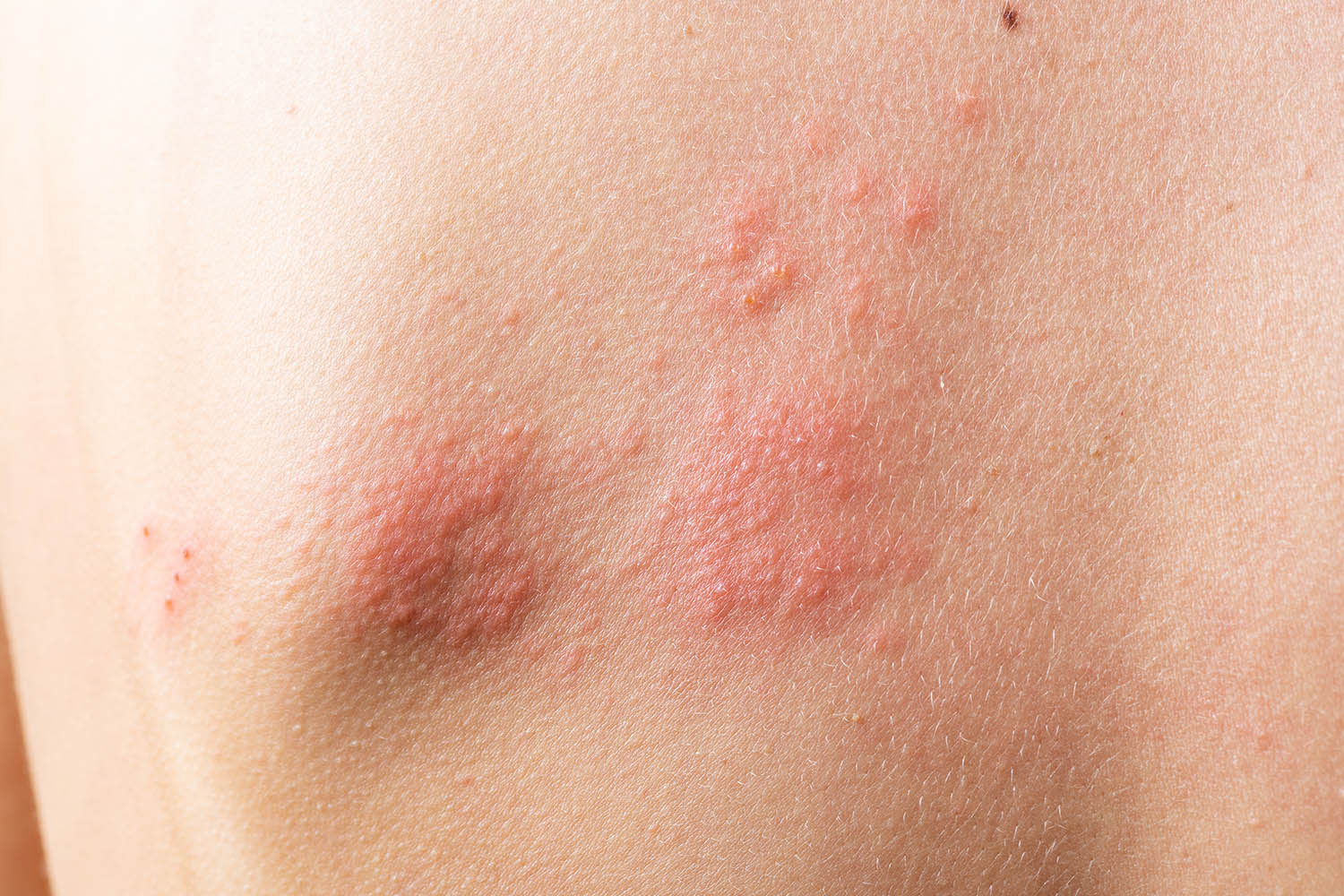Overview
Hives, also known as urticaria, are a common skin condition that affects people worldwide. Understanding what hives look like is essential for proper diagnosis and treatment. In this SEO blog, we’ll delve into international facts and research to provide a comprehensive overview of hives’ appearance, causes, and management.

What Do Hives Look Like?
Hives typically manifest as raised, red or pink welts (known as wheals) on the skin. These welts can vary in size, ranging from small dots to large patches, and often appear suddenly. They may be round, oval, or irregularly shaped, and can be intensely itchy. In some cases, hives may also cause a burning or stinging sensation.
International Research on Hives:
Research conducted globally has shed light on various aspects of hives, including their prevalence, triggers, and impact on quality of life. Studies have found that hives affect up to 20% of the population at some point in their lives, making it a widespread condition with significant implications for public health.
Causes of Hives:
Hives can be triggered by a variety of factors, including allergic reactions to food, medications, insect stings, or environmental allergens. Non-allergic triggers such as stress, infections, and certain medical conditions can also provoke hives. Identifying the underlying cause is crucial for effectively managing the condition.
Managing Hives:
Treatment for hives often involves a combination of strategies aimed at relieving symptoms and addressing the underlying cause. Antihistamines are commonly prescribed to reduce itching and inflammation, while corticosteroids may be used for more severe cases. Avoiding known triggers and practicing stress-reduction techniques can also help prevent hives flare-ups.
International Collaboration in Hives Research:
Collaboration among researchers worldwide plays a vital role in advancing our understanding of hives. International conferences, scientific journals, and collaborative studies facilitate the exchange of knowledge and foster innovation in hives diagnosis and treatment. By pooling resources and expertise, researchers can work towards improving outcomes for individuals living with hives.


